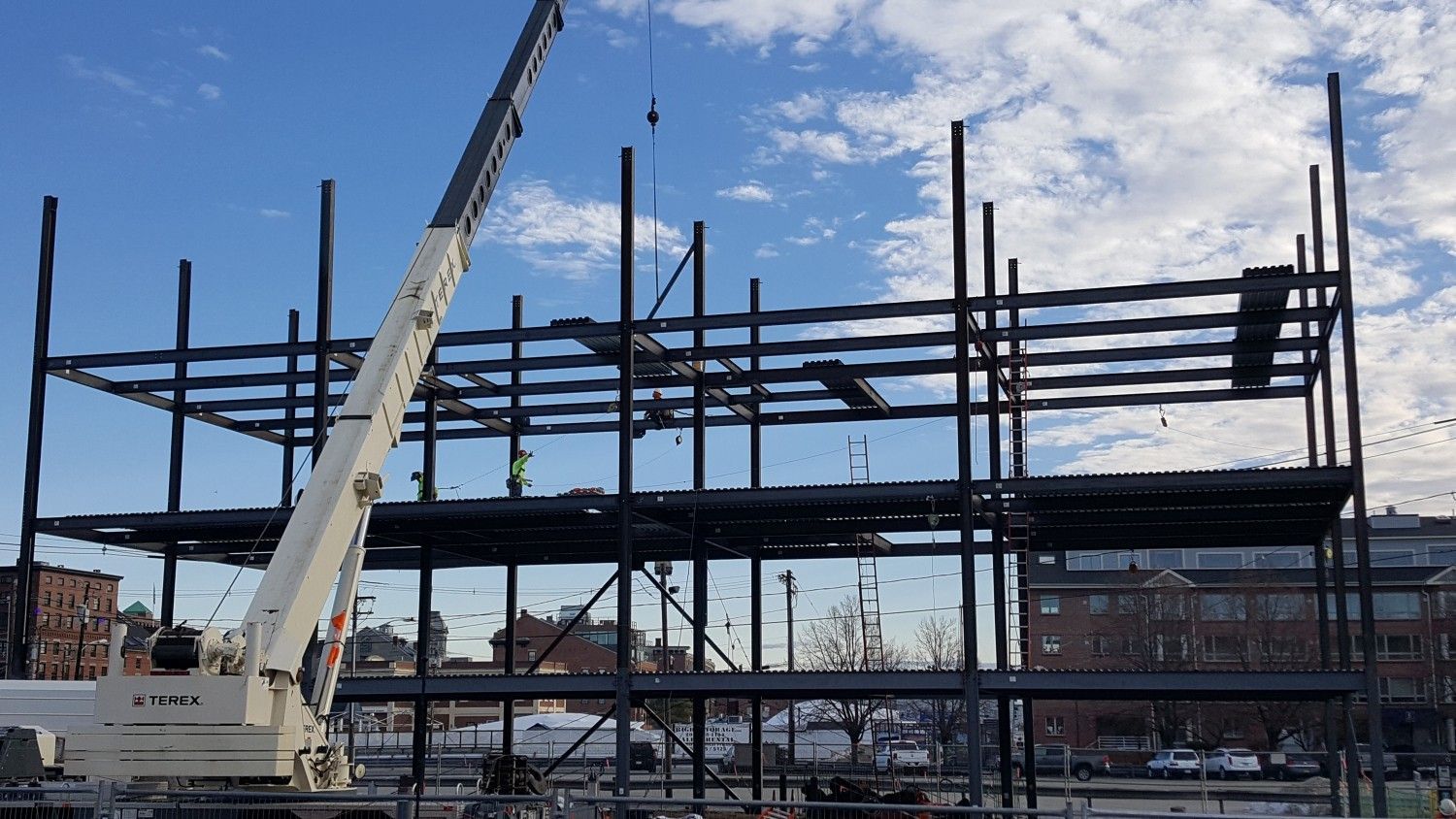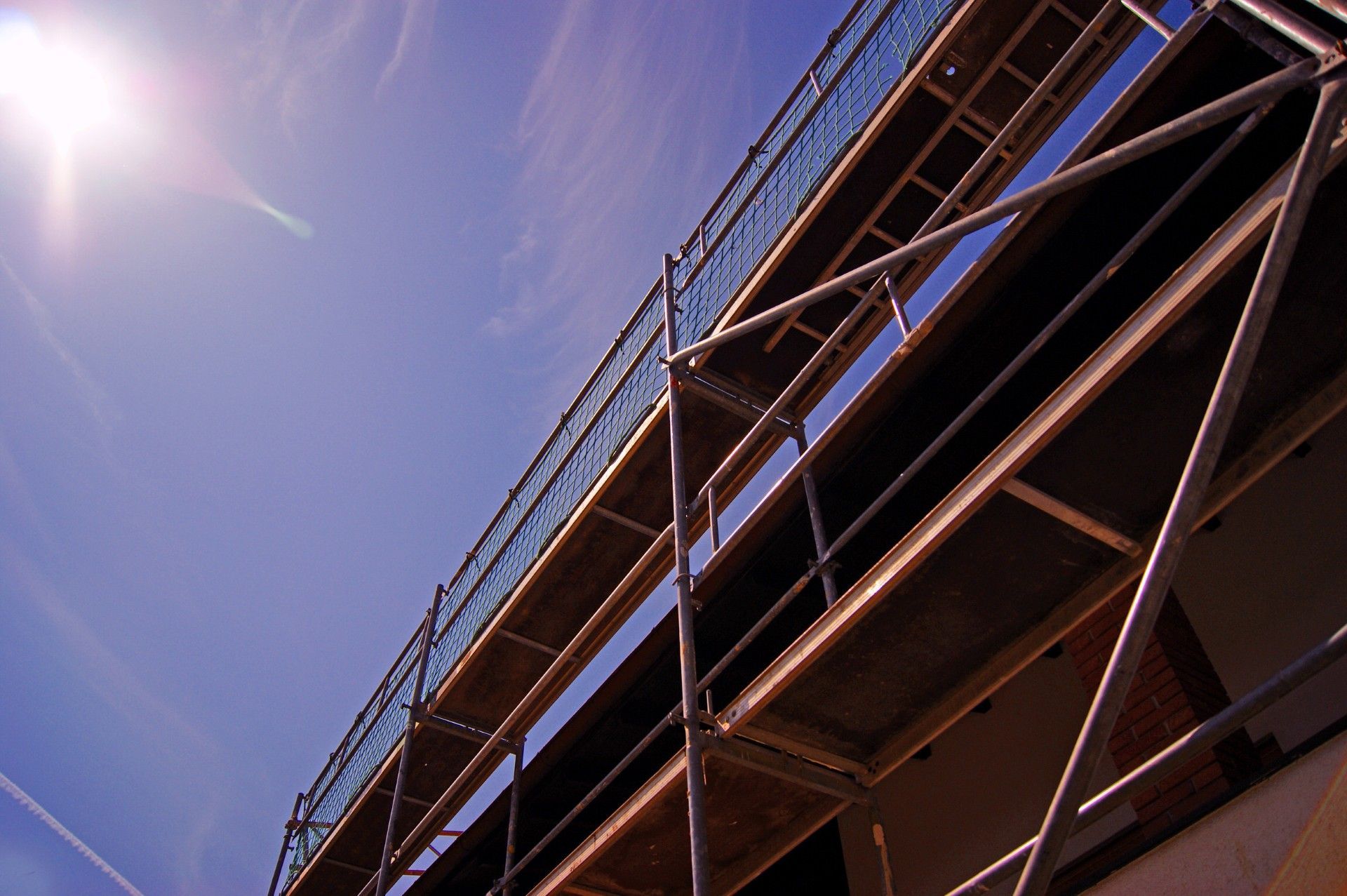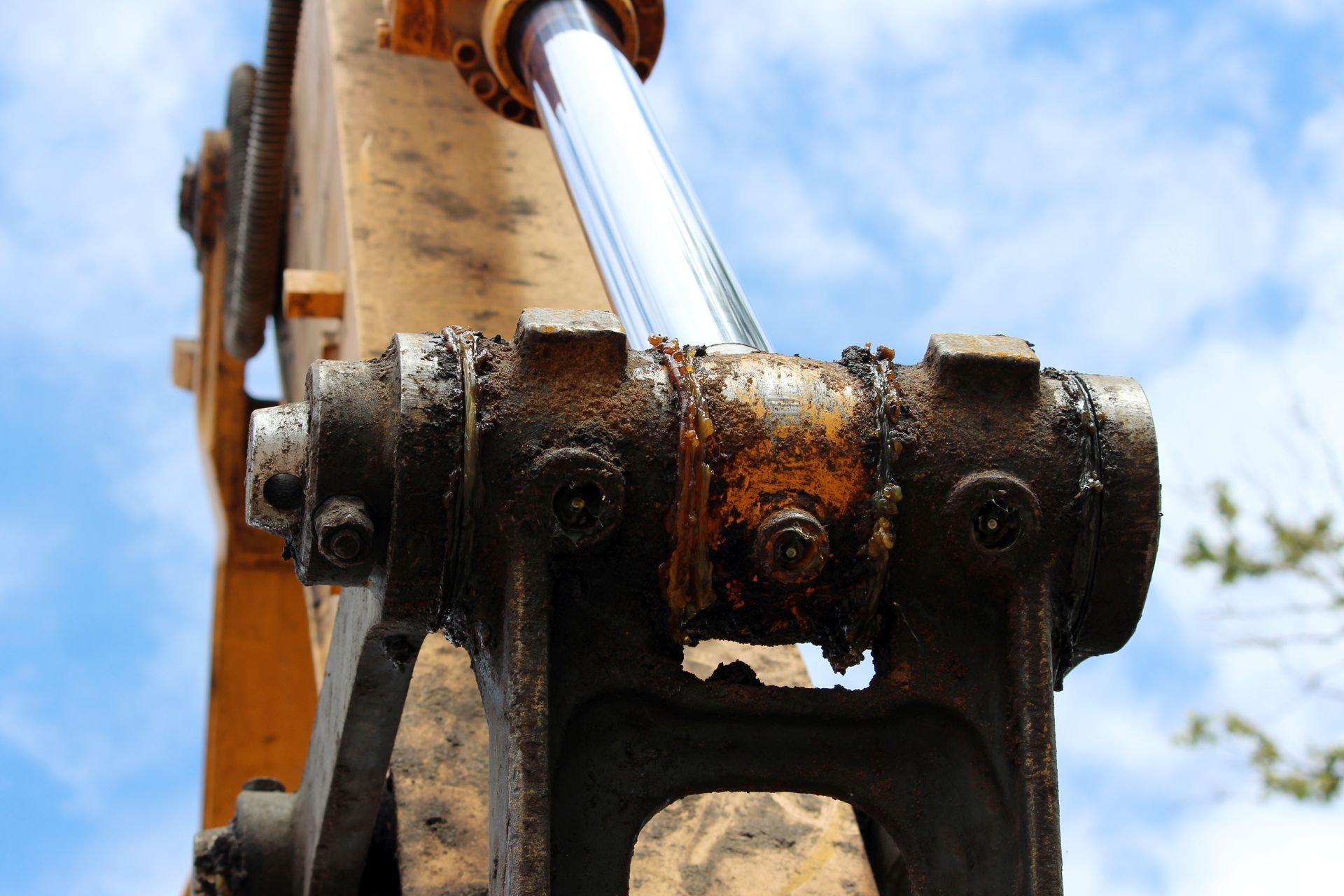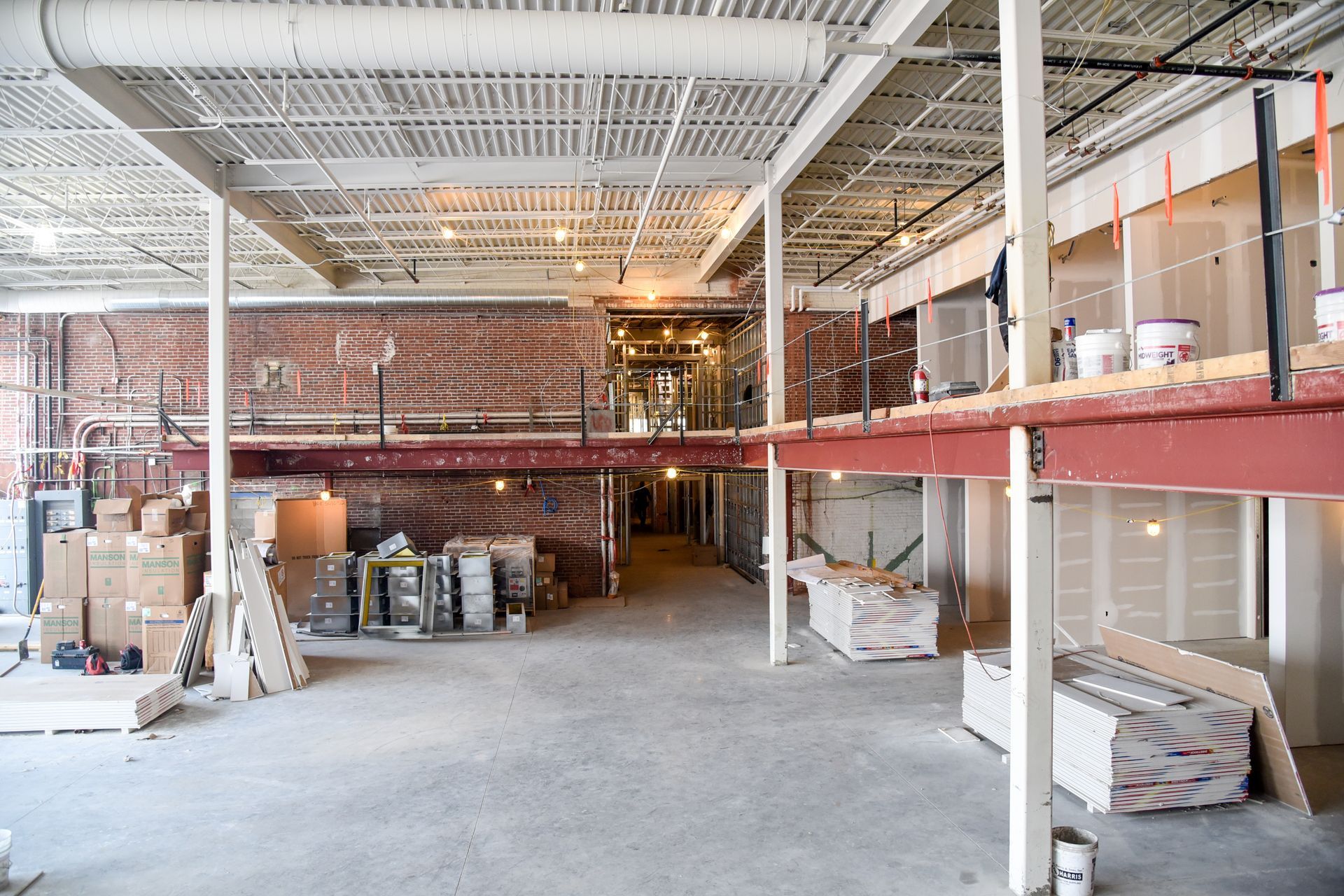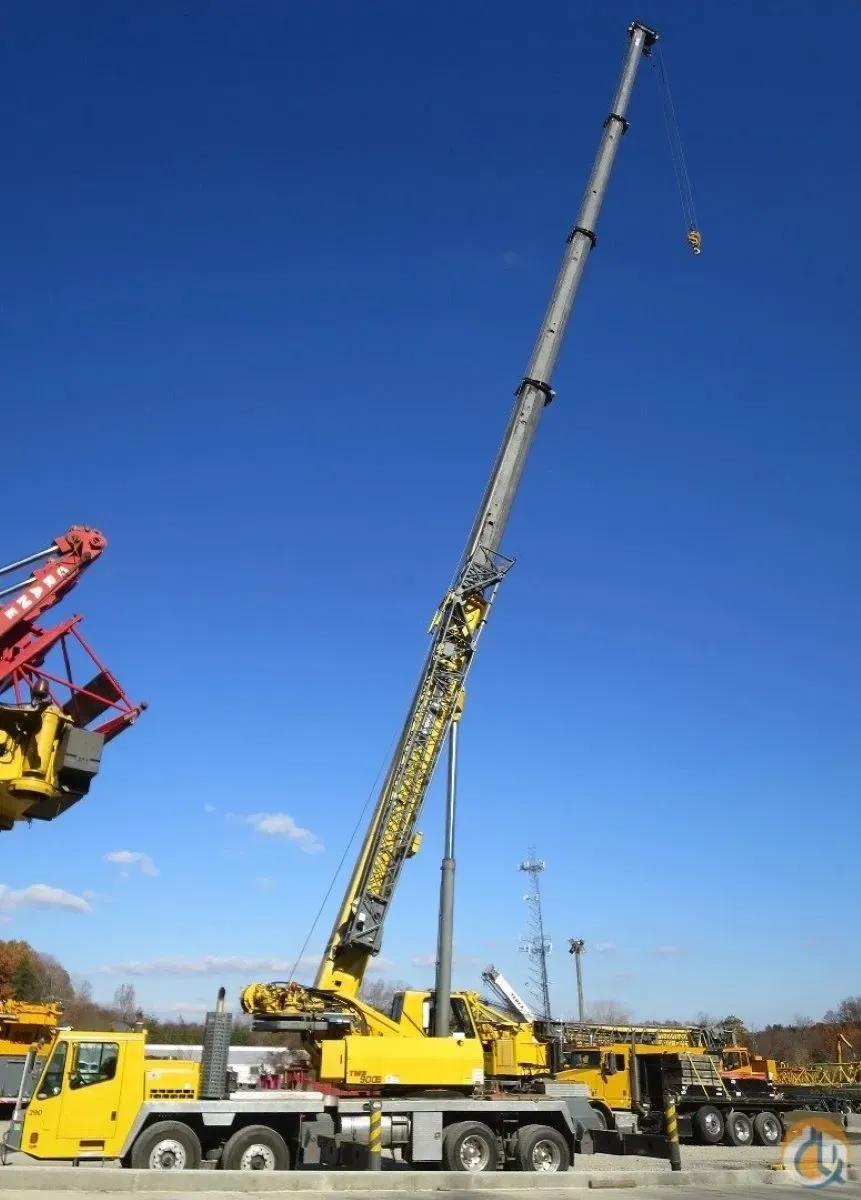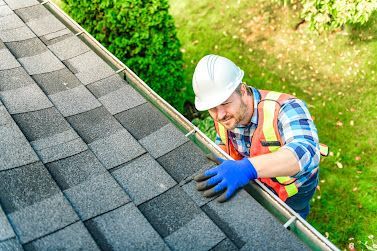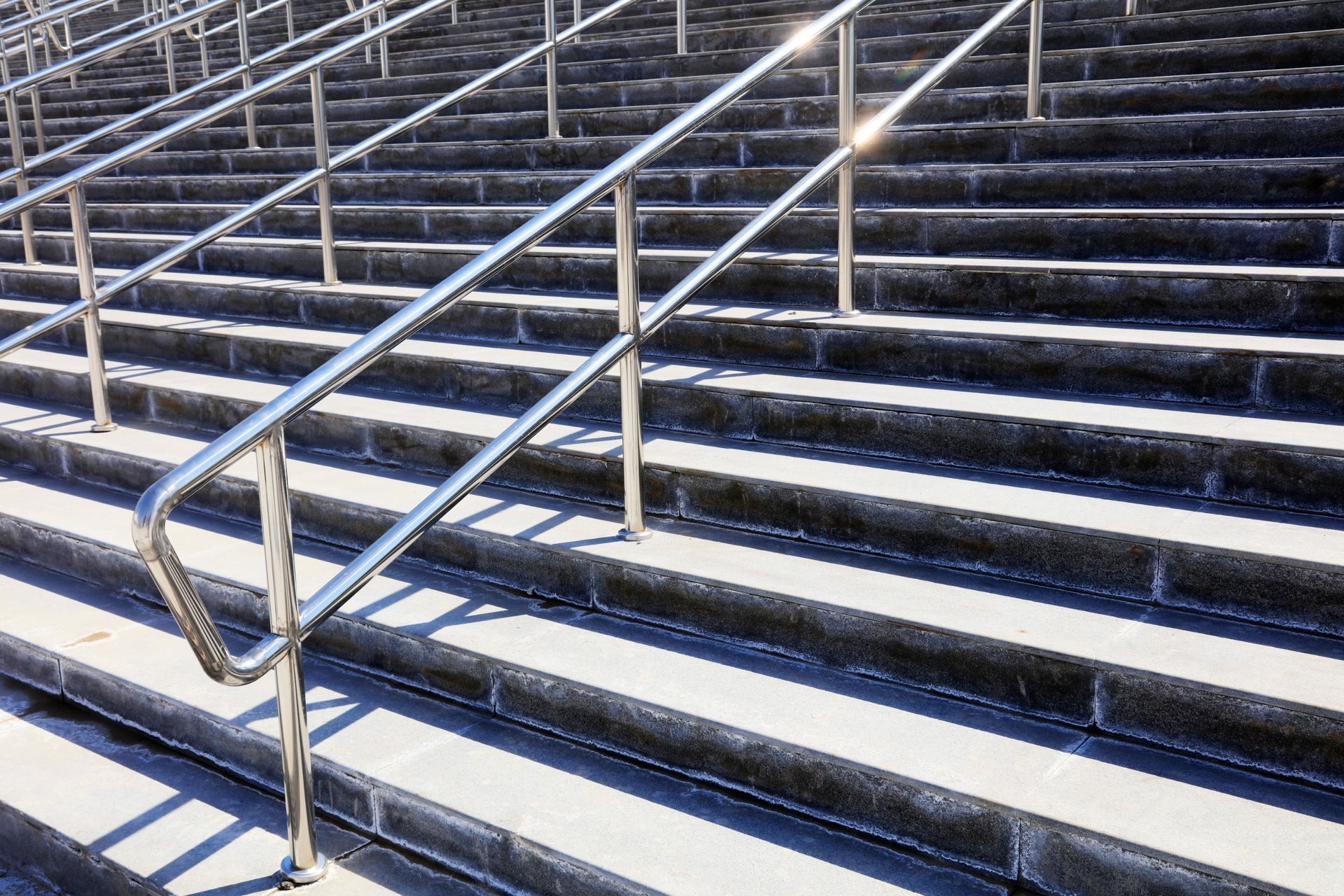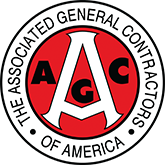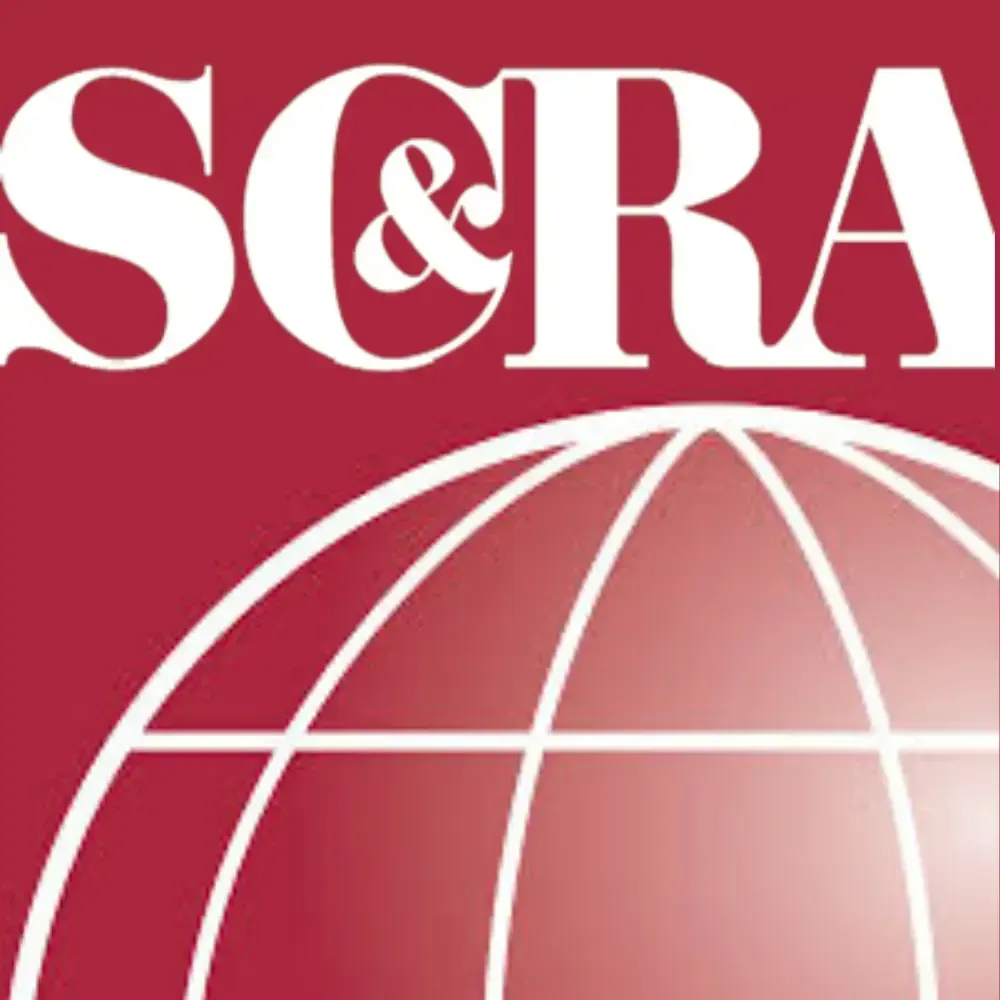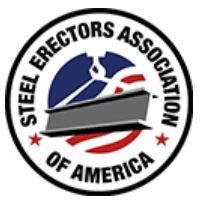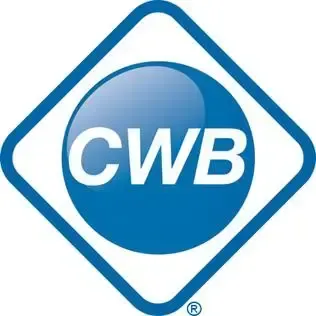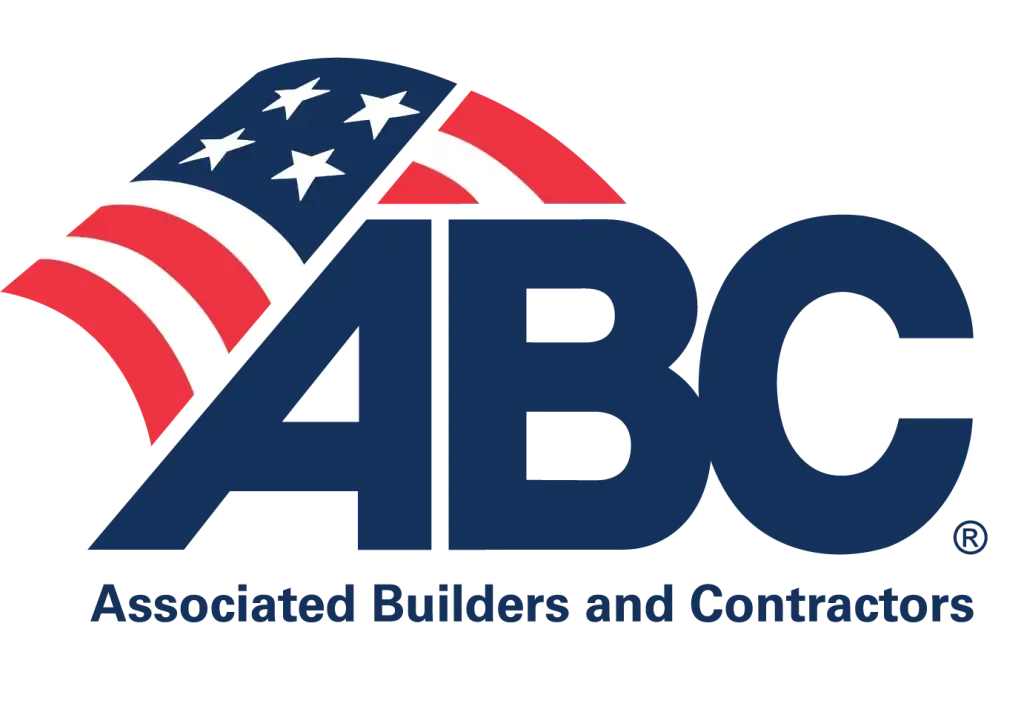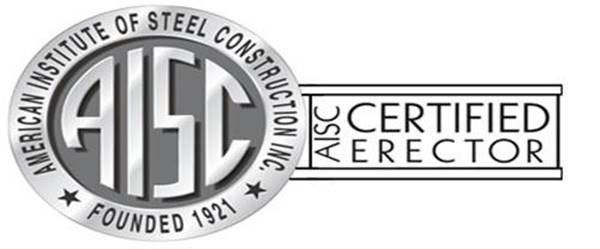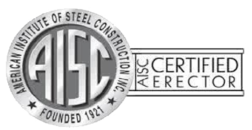How to Make Sure Your Railings Meet OSHA Standards?
Erecting all structures to comply with safety regulations is not only a legal requirement but also a moral obligation to protect workers and the public. Among these regulations, the Occupational Safety and Health Administration (OSHA) has set strict standards for railings in construction environments.
Understanding OSHA’s Role in Railing Safety
Reports indicate that in 2022, 47.4% of all fatal falls, slips, and trips occurred in the construction industry. This highlights the critical need for more effective and safer railing solutions. Such safety standards are essential for preventing falls, reducing workplace injuries, and ensuring a secure environment for everyone on-site. These regulations apply to guardrails, stair rails, and other barriers designed to protect people from falling off elevated surfaces like scaffolding, roofs, or platforms.
Steps to Ensure Your Railings Meet OSHA Standards
Here are the steps you need to take to install your railings to meet OSHA requirements and avoid accidents.
Assess the Work Environment
Each environment will have different fall protection requirements, and the type of railing installation you need may vary based on the location and risk factors. For example, railings on scaffolding might need to be detachable for temporary work, while railings on a permanent roof may require more robust, fixed installations. Evaluating the work environment allows you to select the appropriate type of railing and oversee that no area is left unprotected.
Select the Right Materials
While metal is the most common choice for permanent structures due to its durability and strength, wood or synthetic materials can be appropriate for temporary railings, depending on the site conditions. When selecting materials, it’s important to consider factors like weather exposure, chemical resistance, and ease of installation. Guardrail systems must be able to withstand a minimum force of 200 pounds (890 N), applied downward or outward, within 2 inches (5 cm) of the top edge at any point along the rail. Ensuring compliance with this requirement is crucial for safety.
Check the Dimensions Carefully
Breaking the rules on height and spacing is one of the most frequent causes of OSHA citations. When installing railings, always double-check the measurements. Also, use a tape measure or laser measuring device to ensure that the top rail is between 39 and 45 inches high. Positioning the mid-rail halfway between the top rail and the walking surface offers better security.
It’s also essential to know that the gaps between the rails and any adjacent surfaces, like walls or machinery, do not exceed 19 inches. Additionally, all railings must be able to withstand a force of 200 pounds in any direction. If testing reveals that a railing bends or fails under pressure, it should be reinforced or replaced to meet safety standards.
Regular Inspections and Maintenance
Even after your railings pass the initial inspection, regular maintenance is essential to ensure ongoing compliance throughout your project. Rust, corrosion, and wear can weaken railings over time, making them unsafe. Developing a schedule for regular inspections, particularly for permanent installations exposed to the elements, can make the railings stand firm.
Failure to comply with OSHA railing standards can have serious consequences. At American Aerial Services, we specialize in making your construction projects safer and fully compliant with industry regulations. Contact us for a personalized consultation today!
